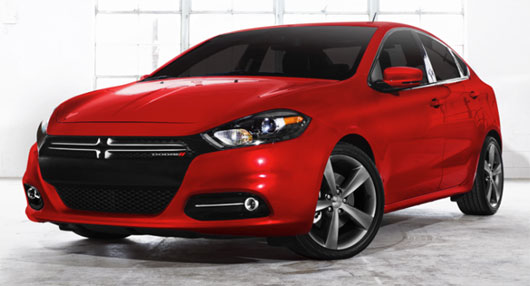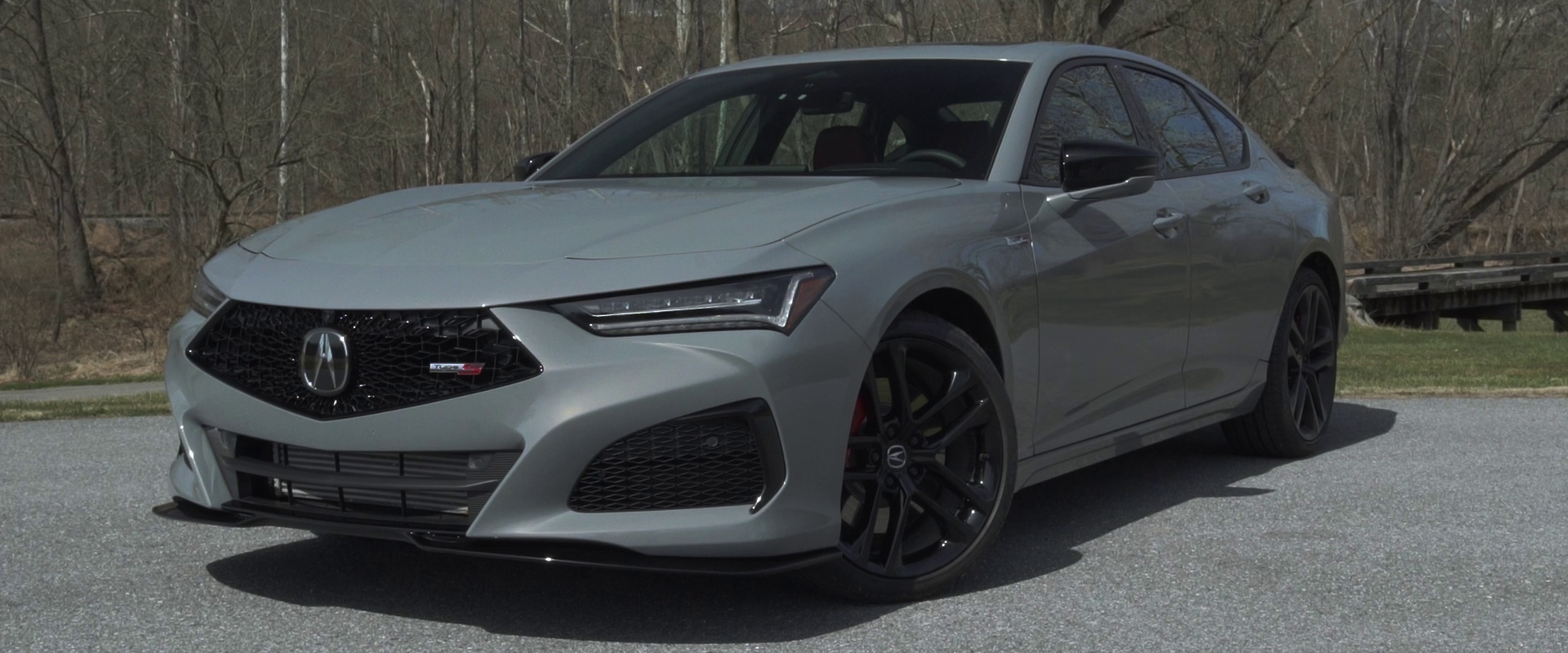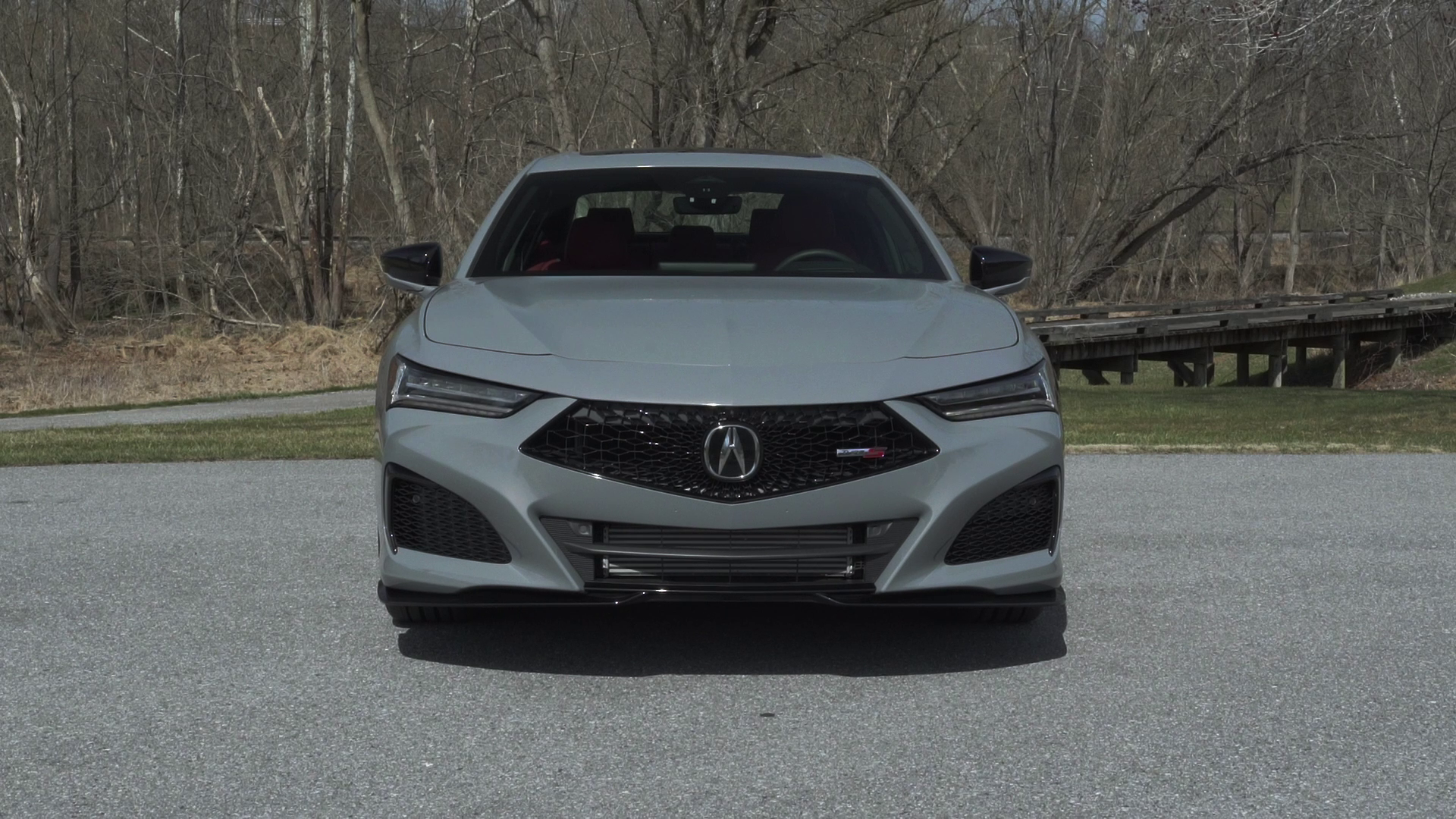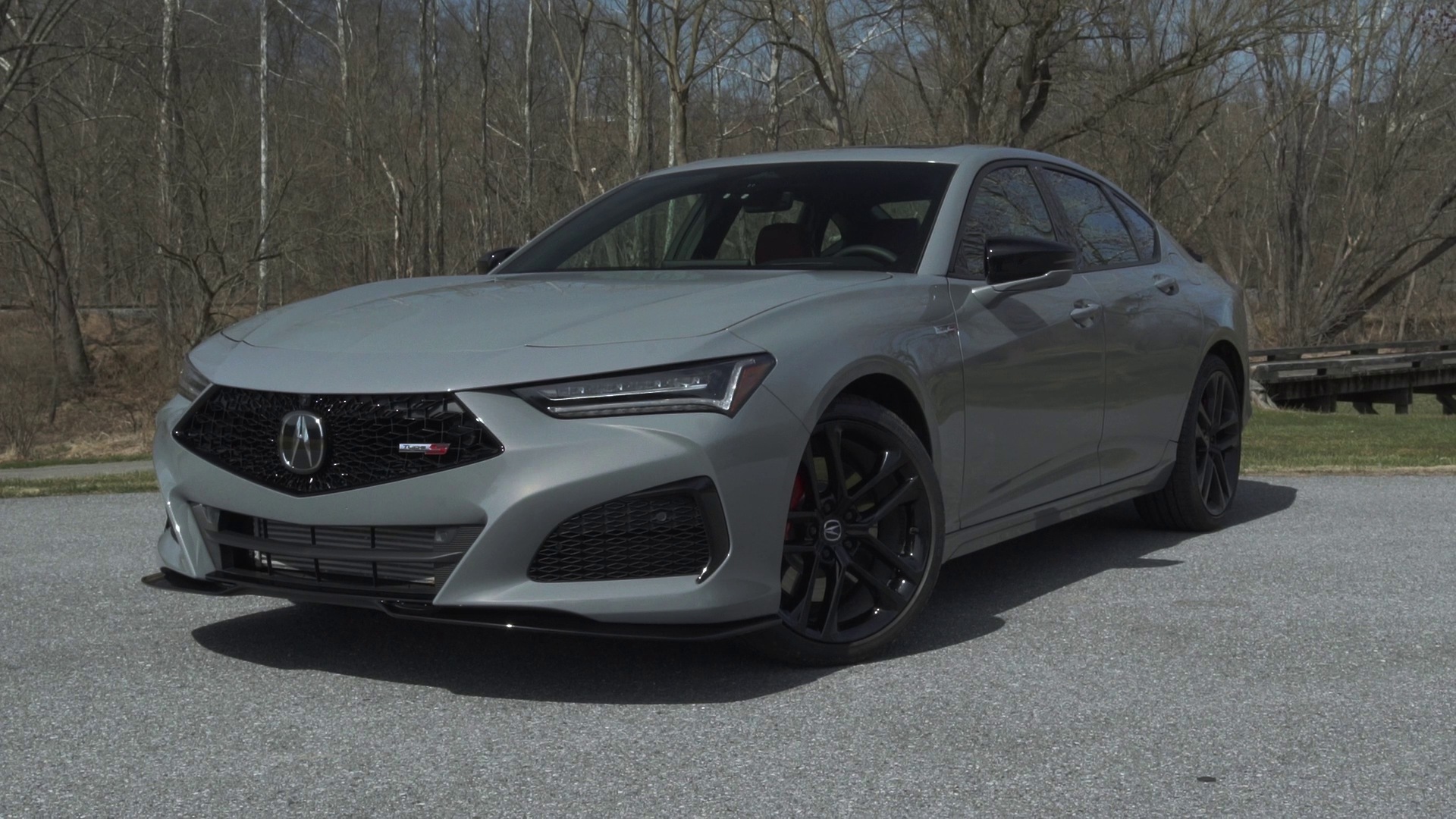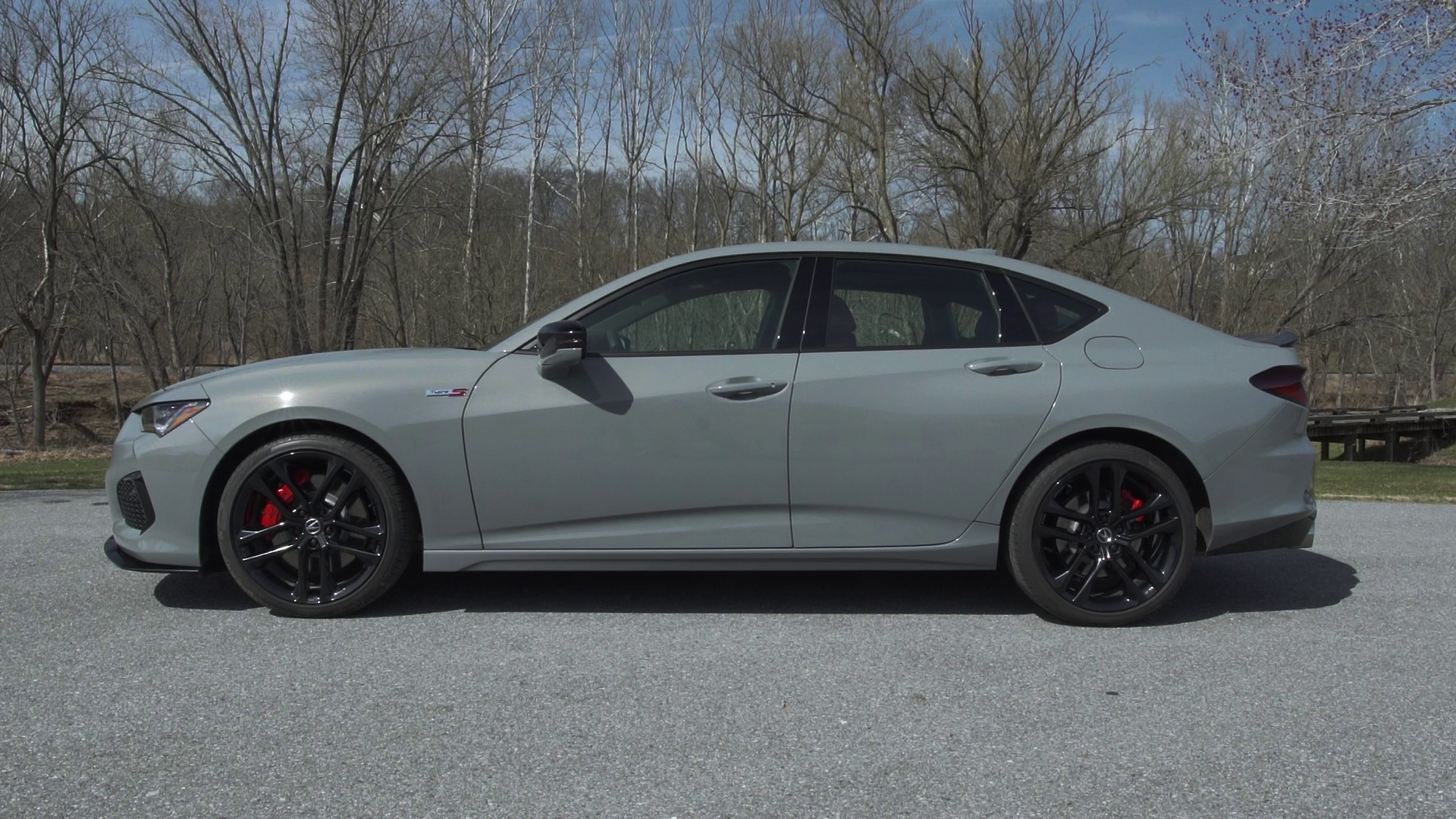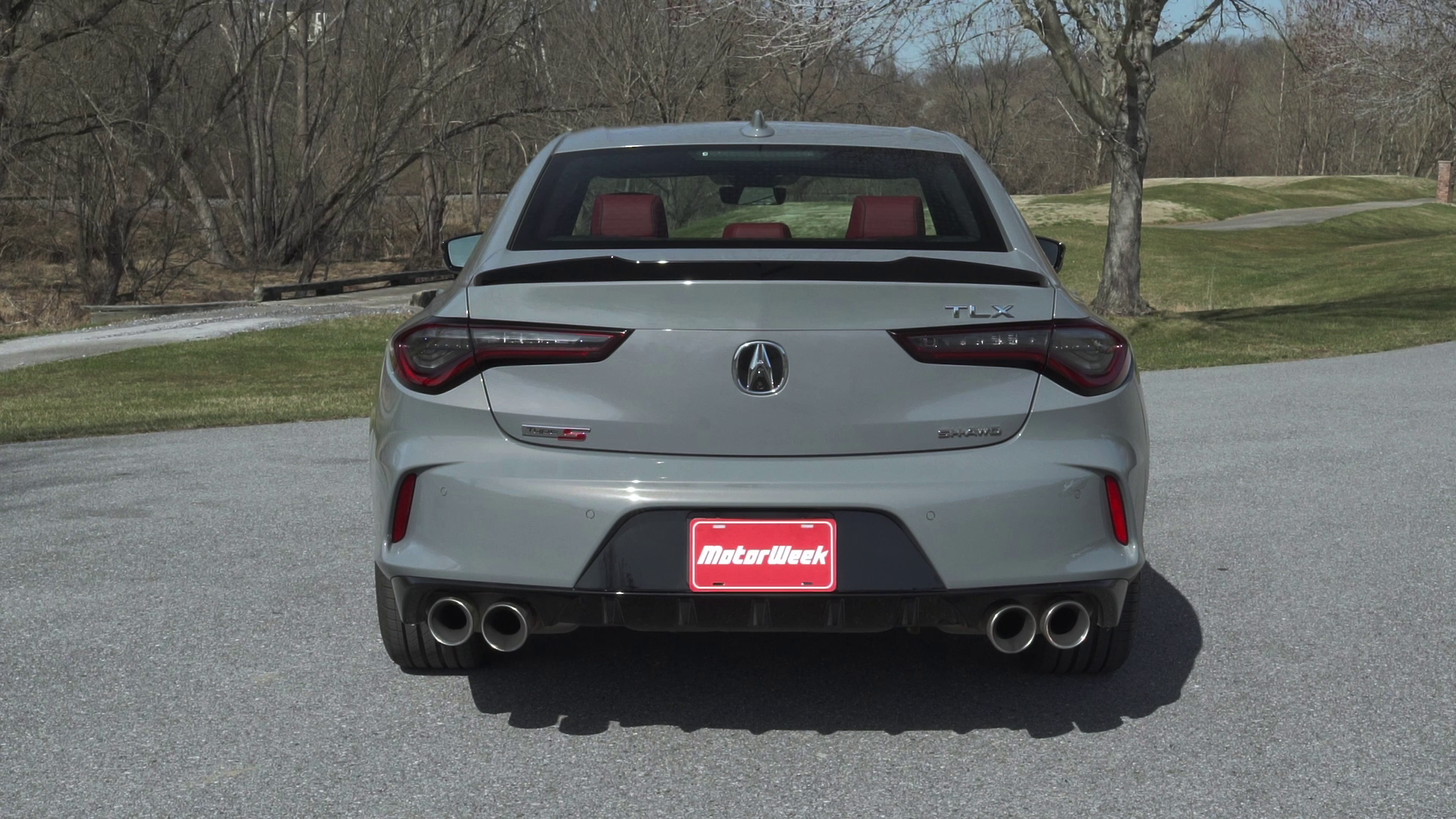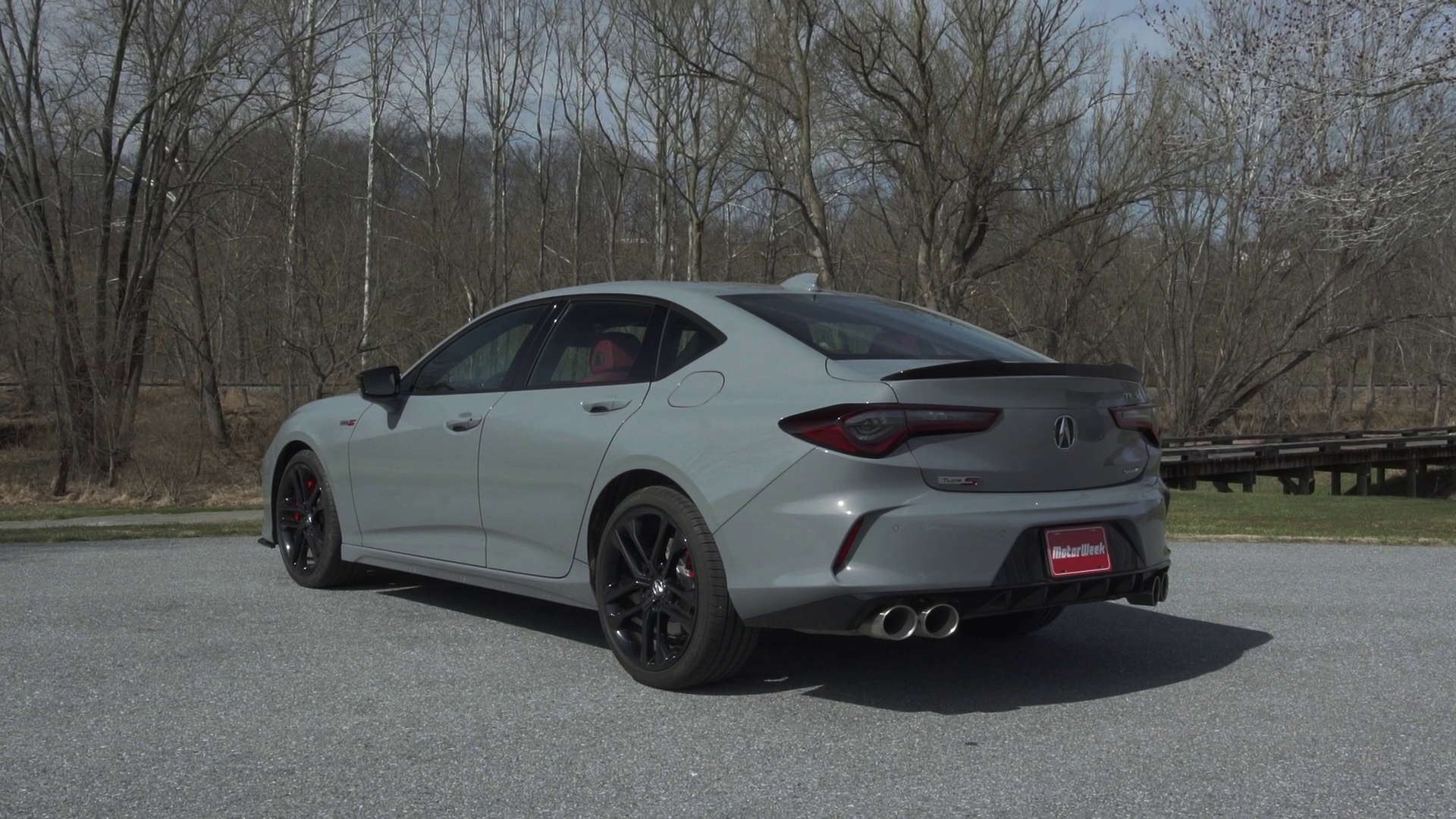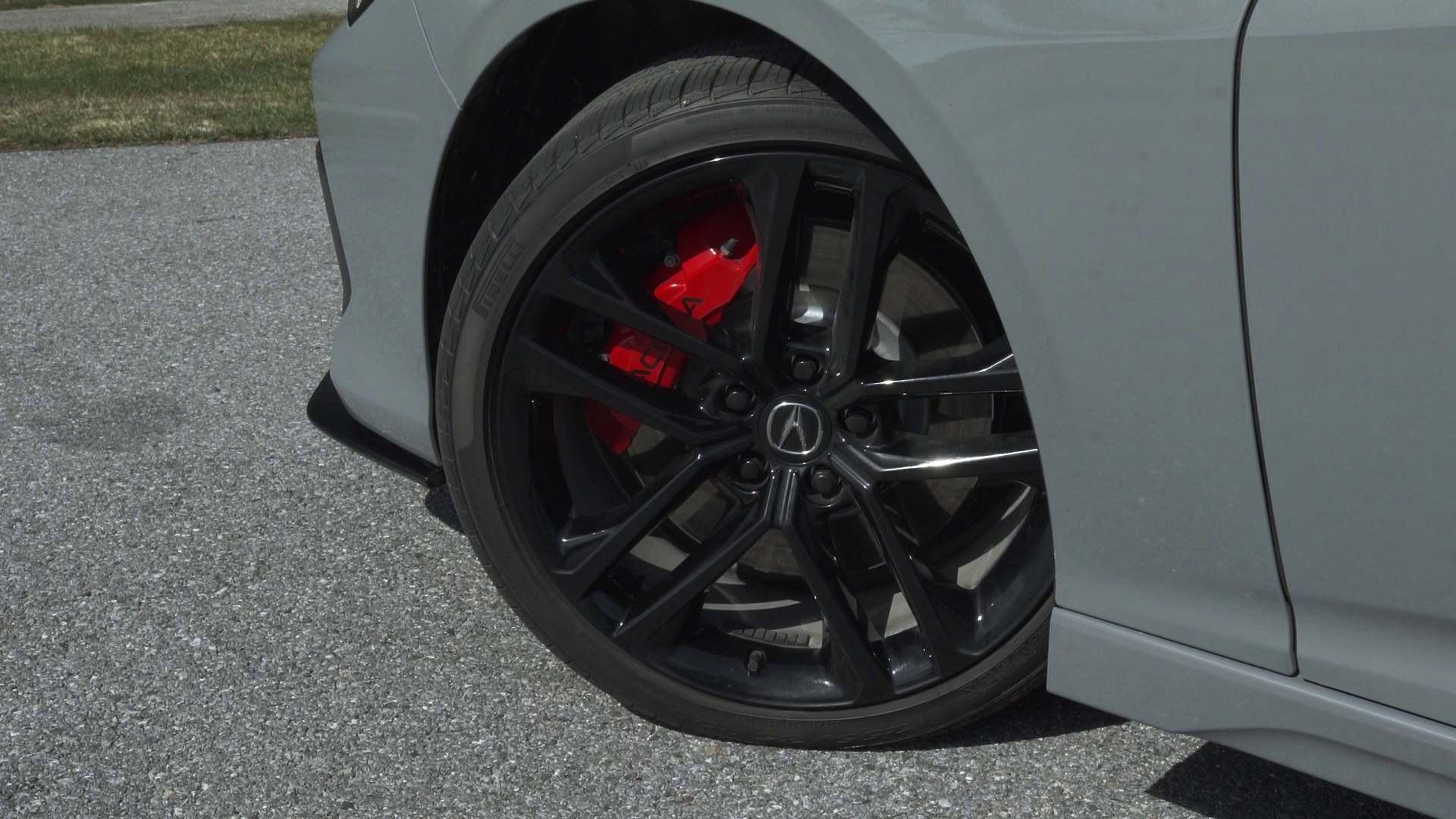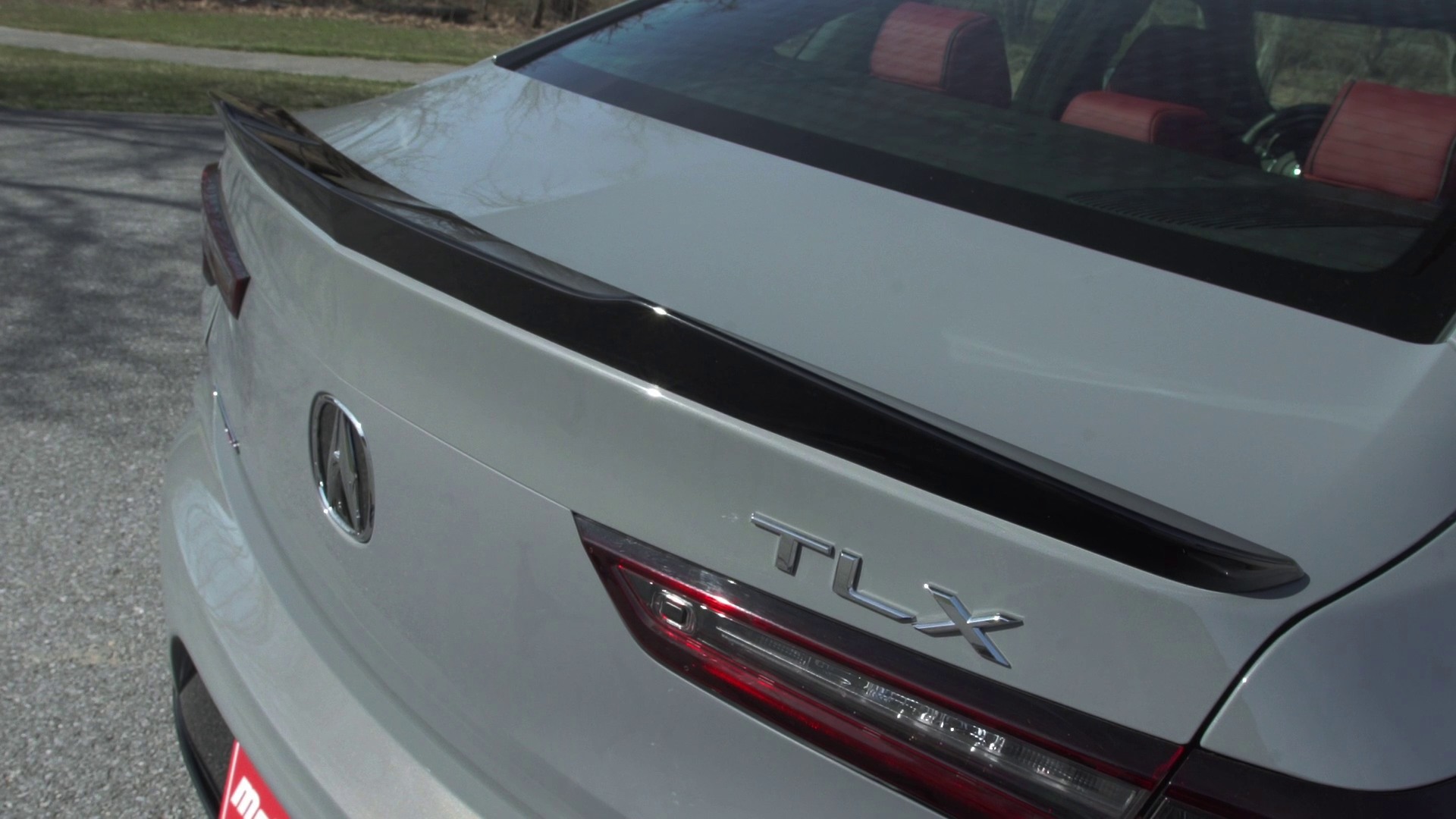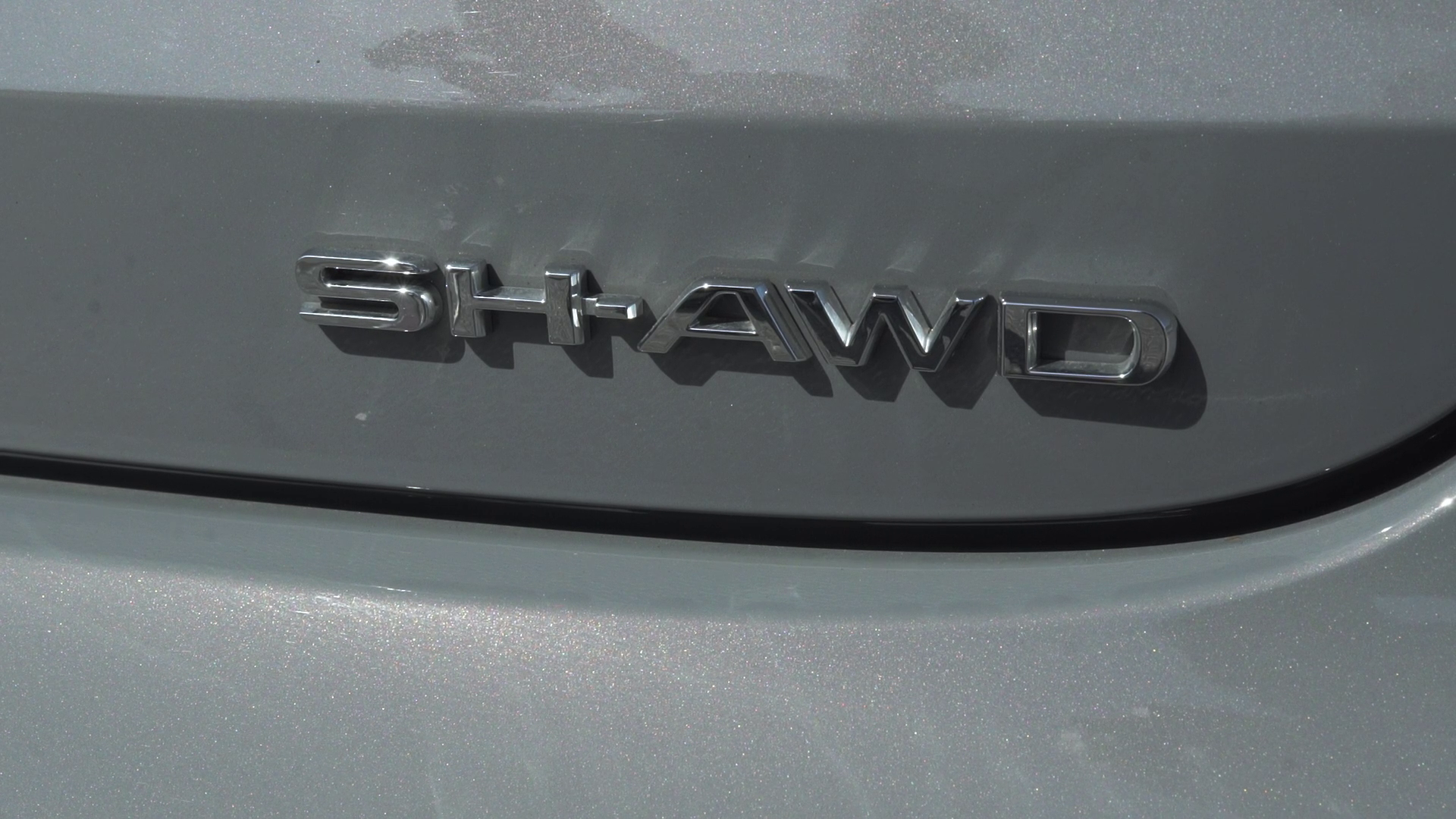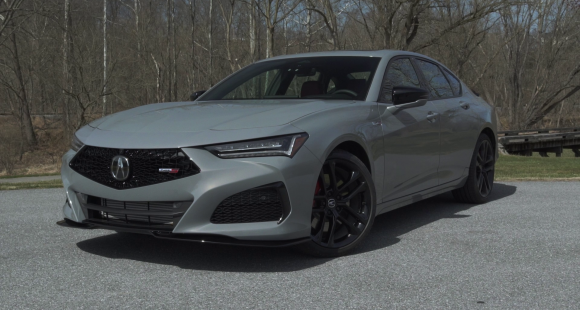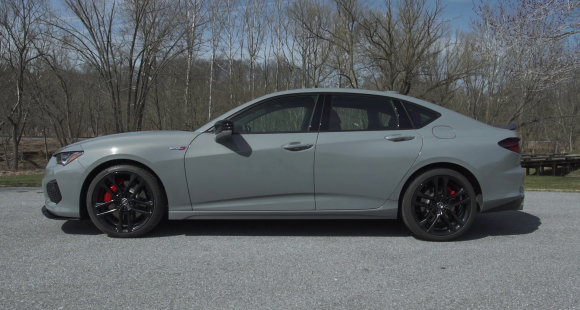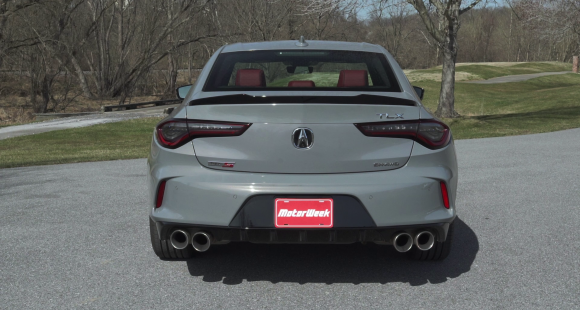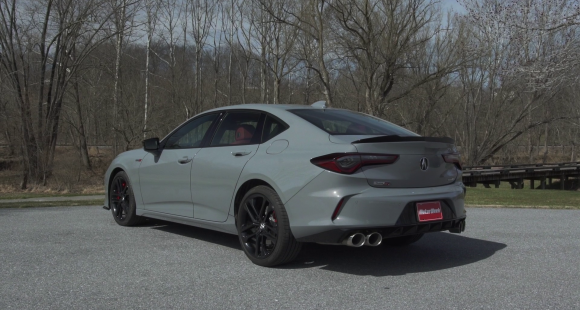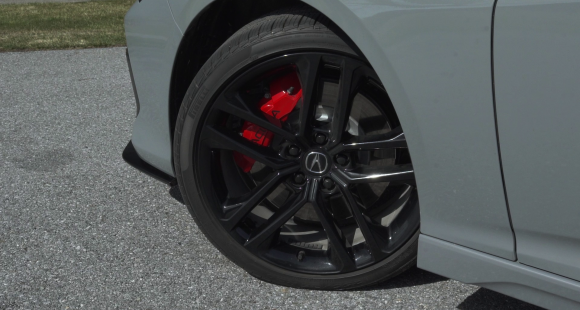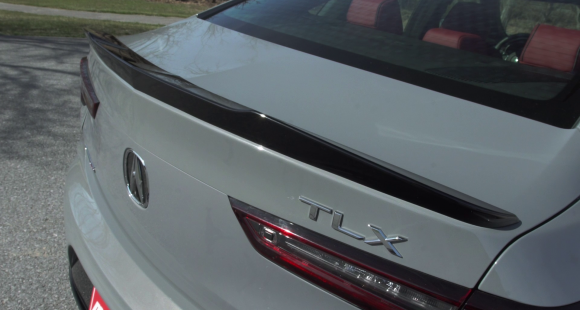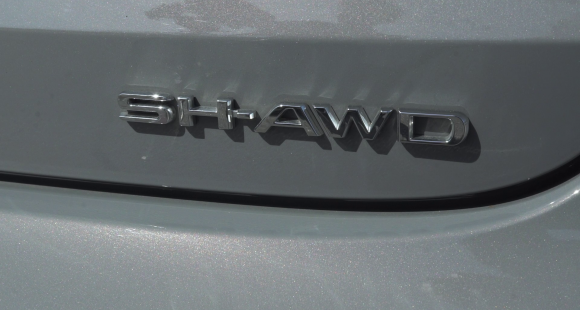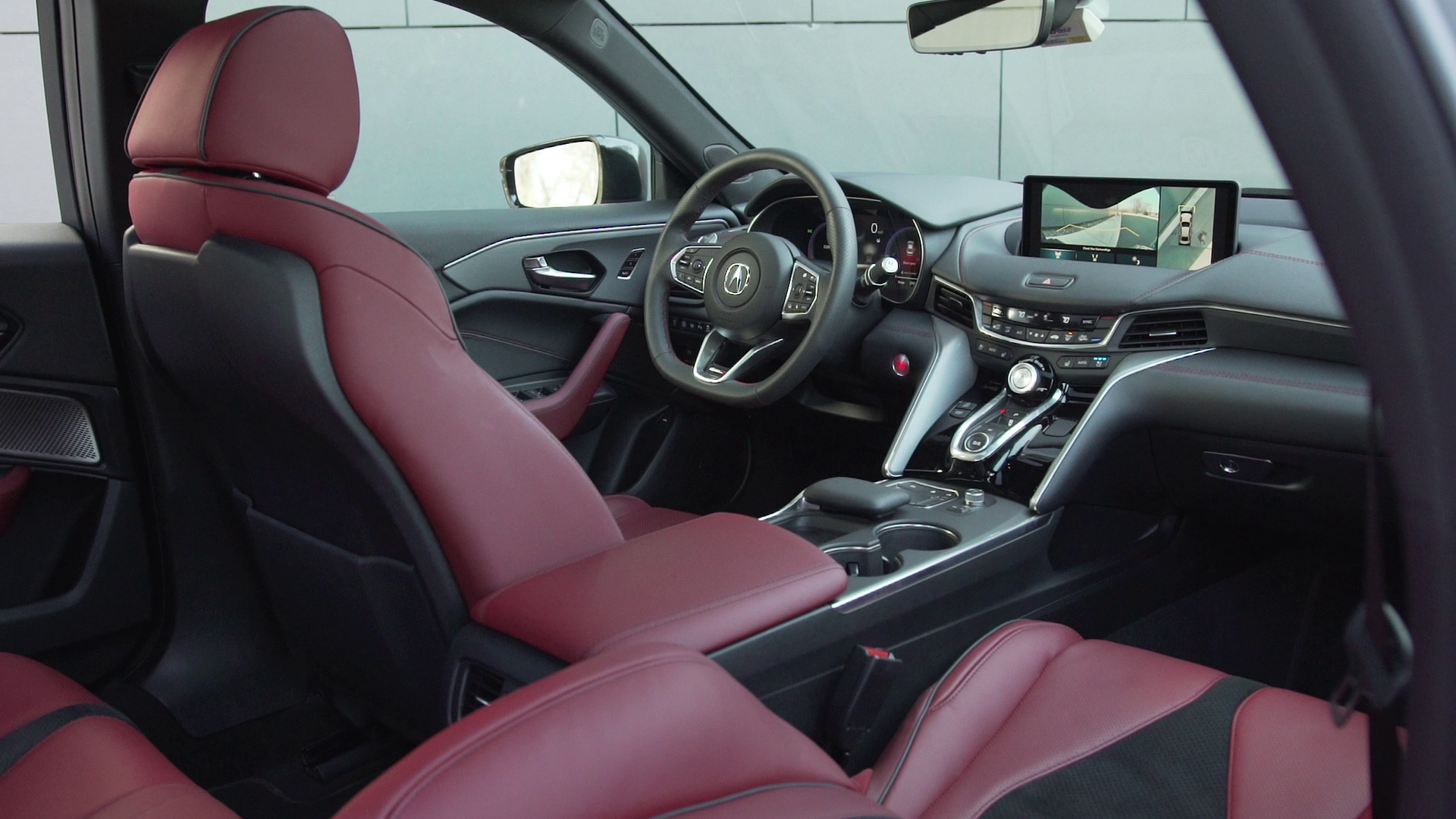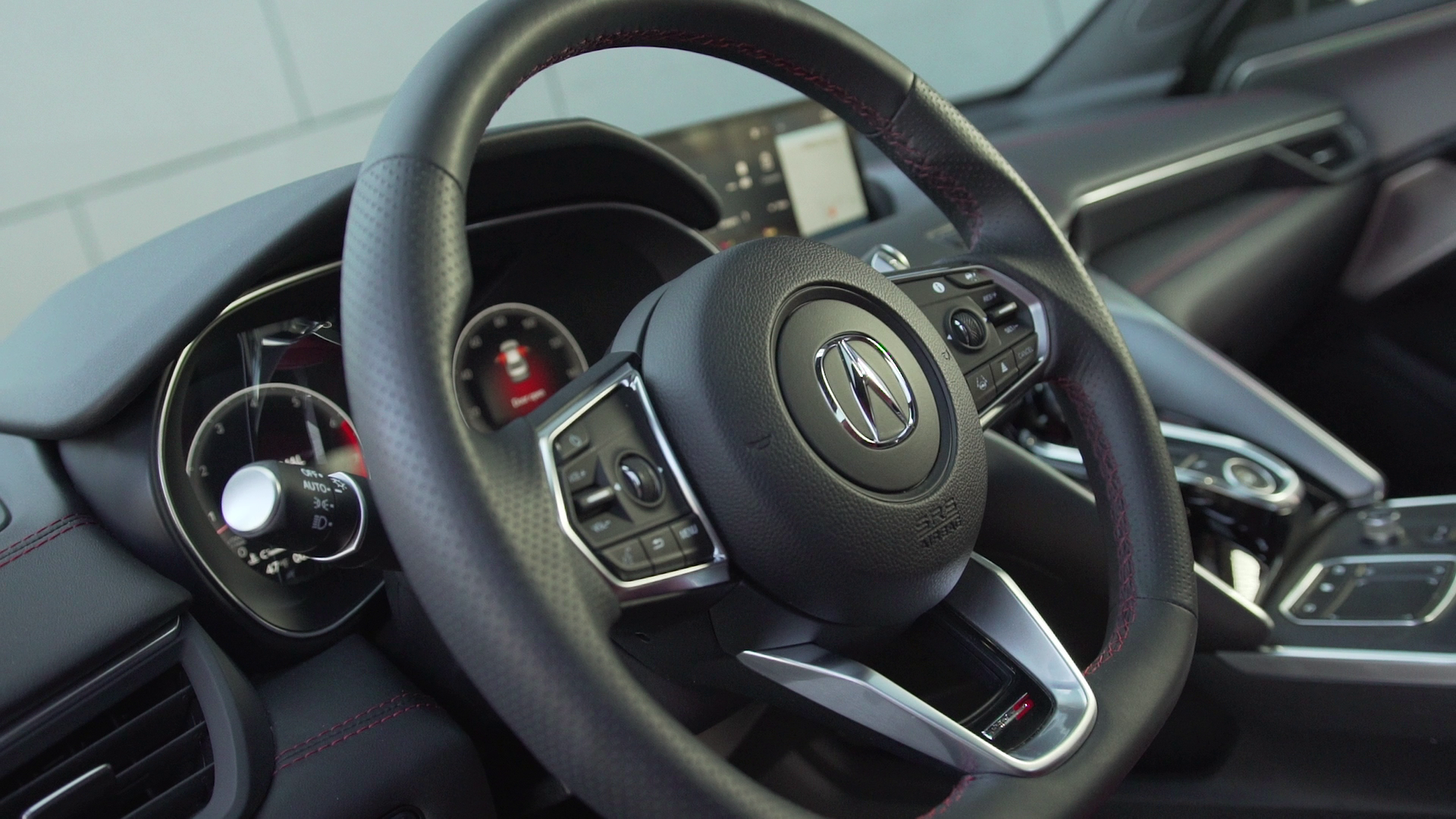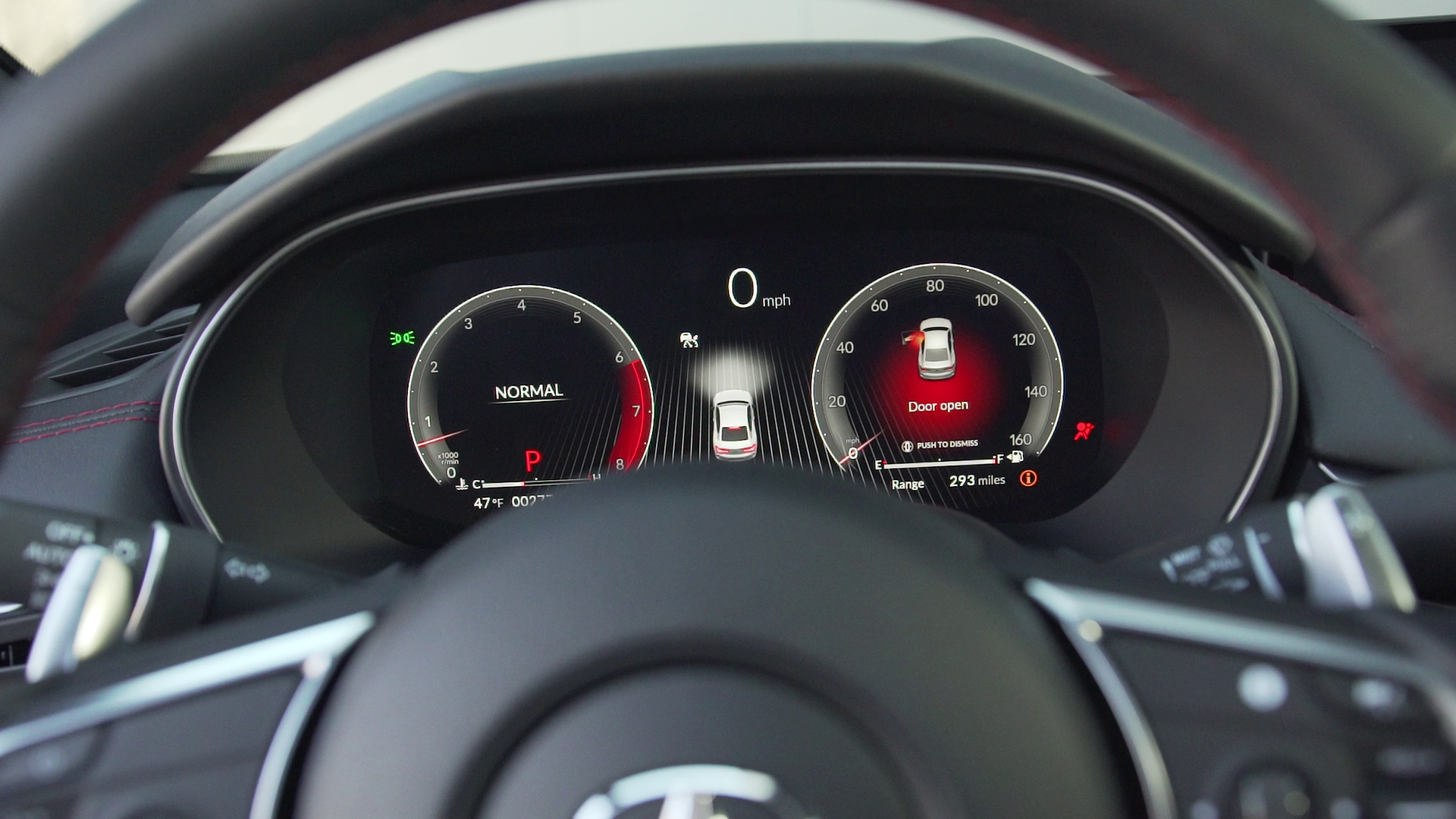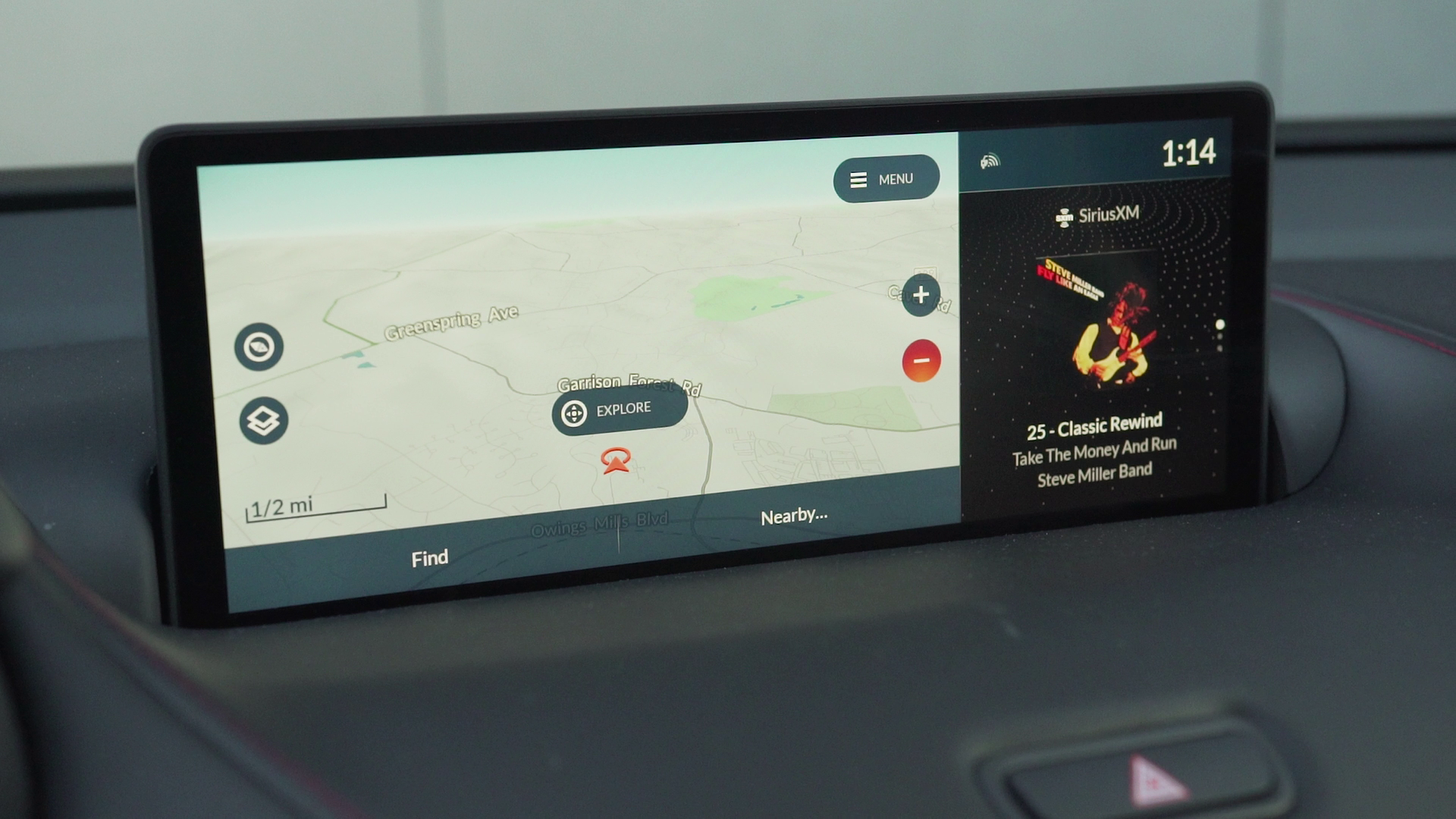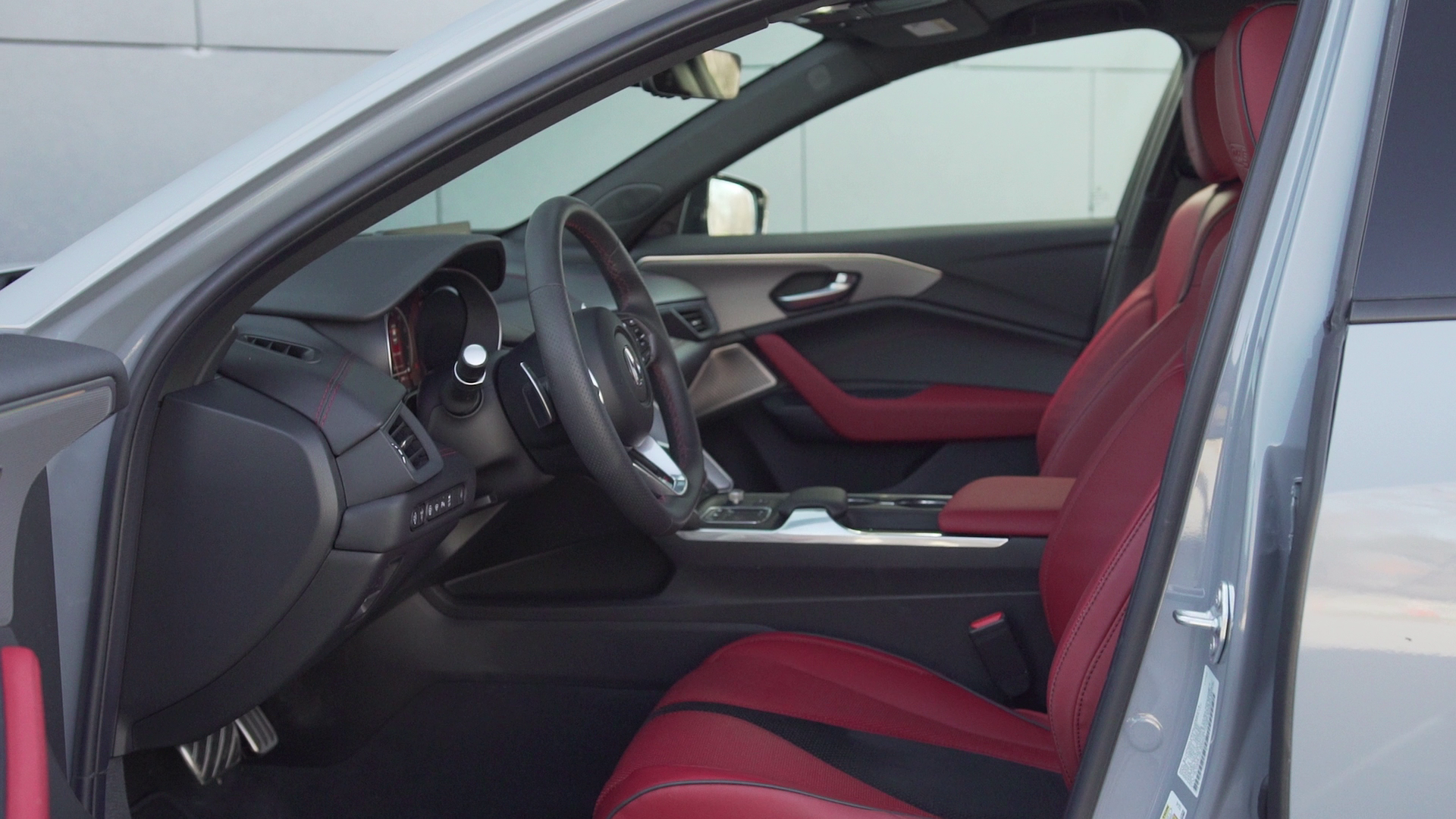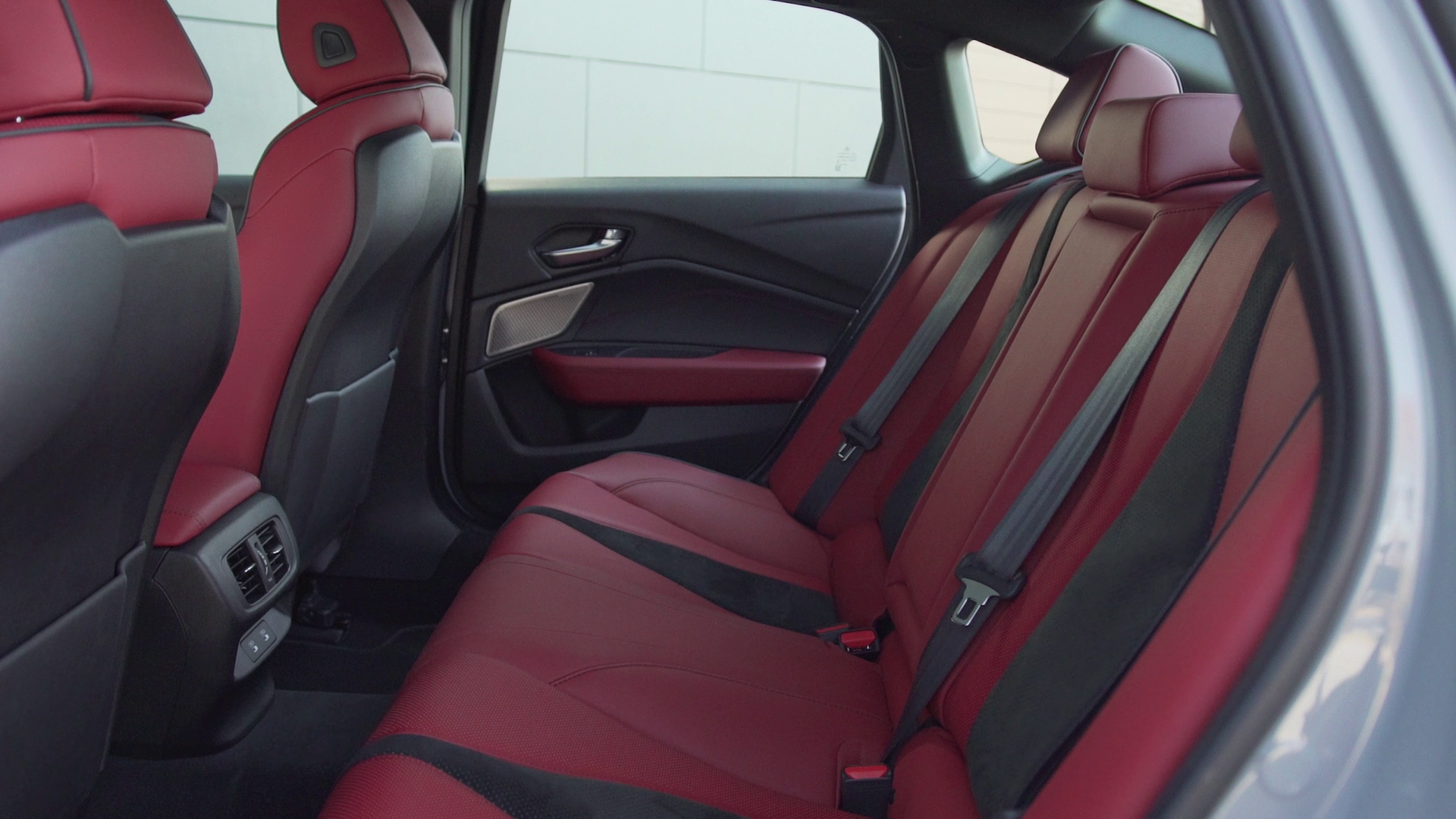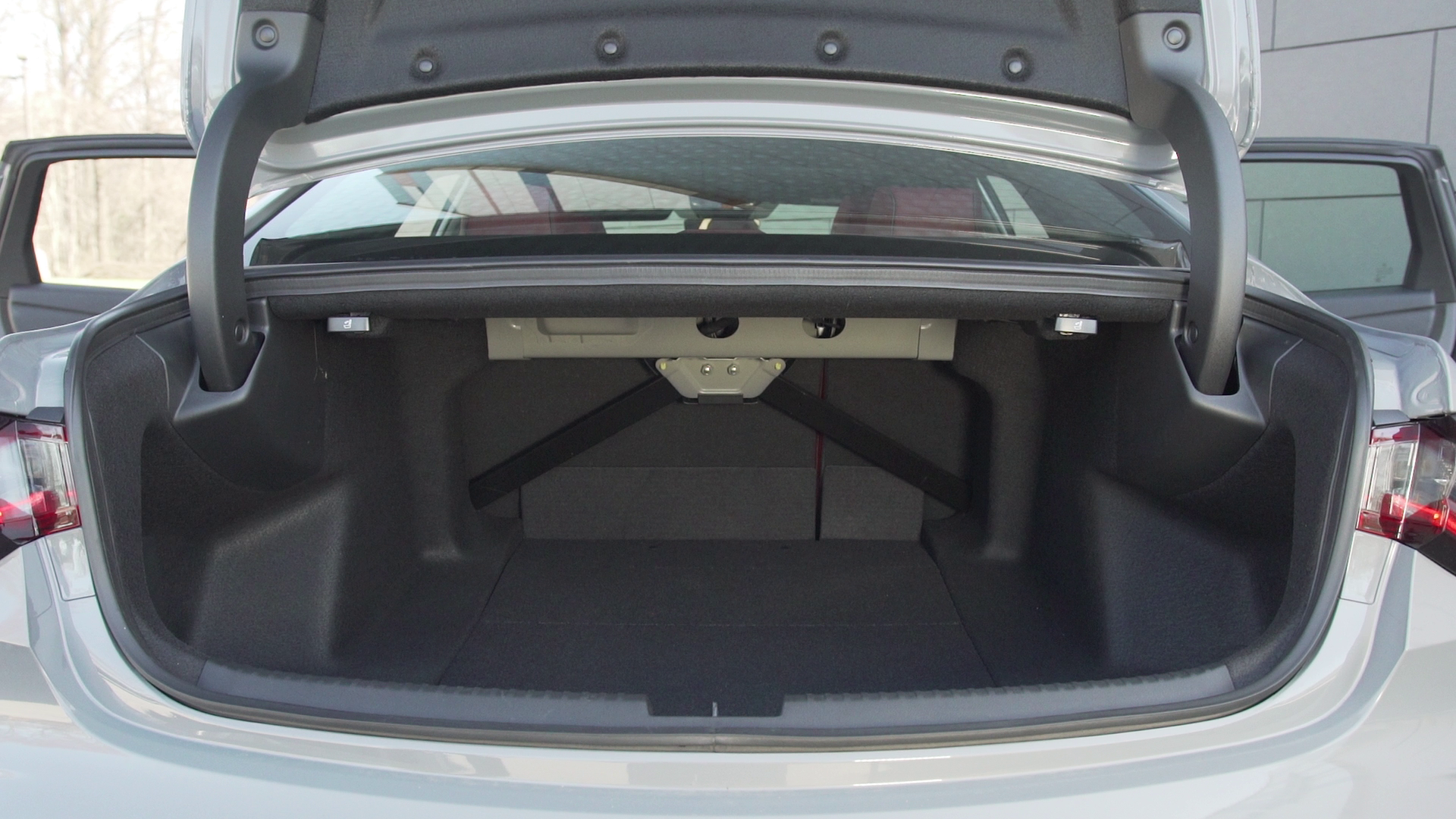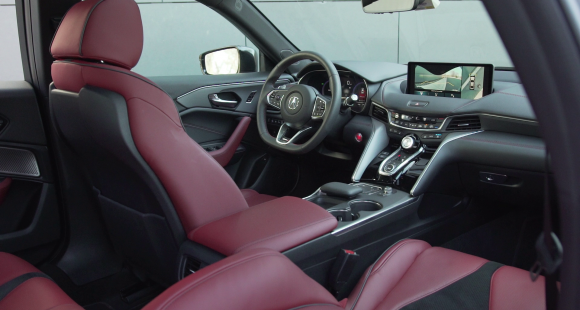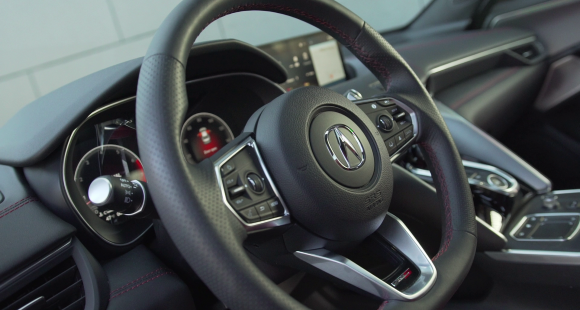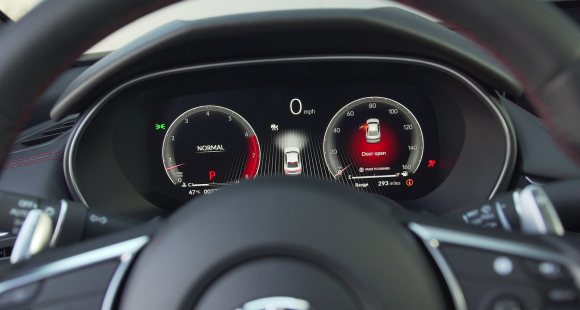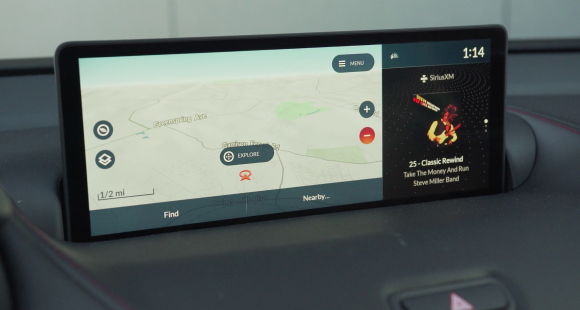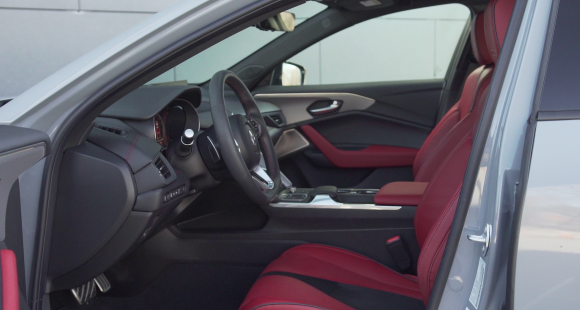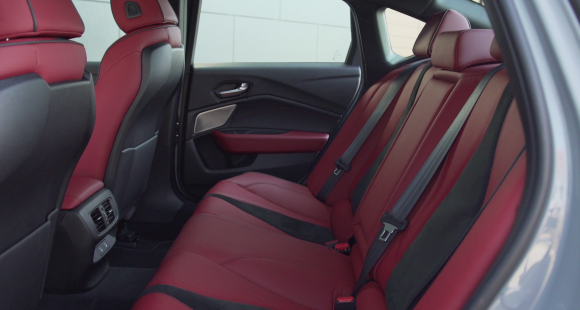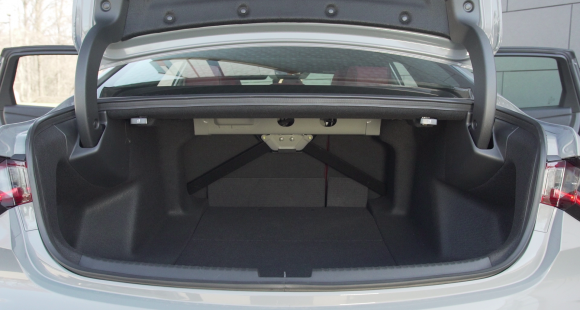2013 Dodge Dart
We always get a little nervous when we hear a classic car name making a return, especially when it’s attached to a small car. Well, the name is Dodge Dart, and it’s on Chrysler’s new Alfa Romeo-based compact. But, for those of you that don’t have fond memories of the original, the new Dart looks to be packing lots of high style and high tech features. So, let’s see if the Dart is another bulls-eye for Chrysler.
With the help of Fiat, Chrysler Group has been on a roll since emerging from bankruptcy. But, one thing that’s been missing from their line-up for nearly a decade is a viable compact sedan. Well, the 2013 Dodge Dart is a compact sedan and our first impression is that it’s way more than just viable.
Styling is certainly fresh, as the Dart joins the Hyundai Elantra as one of the most dynamic looking sedans in its segment. With its wide front end, and upsweeping side lines the Dart has a very athletic appearance, like a sprinter at the starting block. Sheet metal is taut and it indeed looks very European.
There is still the trademark Dodge crosshair grille, but it’s small and flat, with the front end more dominated by the large lower air opening. And, as is all the rage these days, active grille shutters are present, as is a full underbody aero treatment. The rear end is dominated by the Charger-inspired “racetrack” ring of LED’s, which unfortunately don’t come with all models, nor does dual exhaust. Under the Dart’s sharply creased hood, lies one of three engine choices ranging from the 1.4-liter turbo from the Fiat 500 Abarth to 2 and 2.4-liter normally aspirated I4’s.
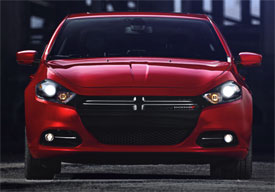 We’ve tried both the 1.4 and the 2-liter, and the 1.4 turbo is easily the more entertaining choice, even though it’s not as peppy here as in the much lighter Abarth. The exhaust is also muted although it still burps and pops like a classic Italian mill. The 2-liter Tigershark I4 is the standard engine on all but the R/T model and puts out the same 160-horsepower as the turbo, but far less torque at 148 pound feet.
We’ve tried both the 1.4 and the 2-liter, and the 1.4 turbo is easily the more entertaining choice, even though it’s not as peppy here as in the much lighter Abarth. The exhaust is also muted although it still burps and pops like a classic Italian mill. The 2-liter Tigershark I4 is the standard engine on all but the R/T model and puts out the same 160-horsepower as the turbo, but far less torque at 148 pound feet.
But, it was the 1.4 Turbo we took to our track. With the standard 6-speed manual, our 3,200 pound Dart managed a respectable 0-60 run of 8.2-seconds. However, it does feel faster. It takes a second for all 184 pound feet of torque to kick in, but off-the-line grunt is sufficient. Still, the ¼ mile was leisurely at 16.2-seconds and 87 miles-per-hour. A 6-speed Dual Dry Clutch automatic transmission is also available with the 1.4-turbo, while in the 2-liter you can opt for a traditional 6-speed automatic.
As the Dart is based on the Alfa Romeo Giulietta, we were expecting an entertaining trip through the cones, and we weren’t disappointed. This is the first Chrysler product with electric power steering and we found it quick and very well weighted, with a tight feel. There is a nice thick-rimmed steering wheel to play with too. When pushed hard, the Dart’s rear end lightens up just enough to have some fun and scoot through here with ease.
Brakes are a little grabby, but worked well enough to halt the Dart from 60 in a short 126-feet.
The Dart is bigger than the Giulitetta in every exterior dimension, which means plenty of room inside the great looking interior. Most materials are soft to the touch, but there are some lingering hard plastics on the doors and lower dash. There is an unusual pattern for the speaker and defrost grilles. Some like it, others thought it looked cheap. Front seating however, is top notch for a compact, and even back seat riders get deep cushioning and respectable leg room. Headroom is only an issue if you’re over 6-foot tall.
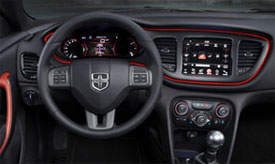 The Dart trumps other compacts with lots of high tech features like a configurable Thin Film Transistor gauge panel, available heated steering wheel and keyless entry, a huge touch screen navigation system and an enormous glove-box, as well as under-seat storage up front. 10-airbags are standard.
The Dart trumps other compacts with lots of high tech features like a configurable Thin Film Transistor gauge panel, available heated steering wheel and keyless entry, a huge touch screen navigation system and an enormous glove-box, as well as under-seat storage up front. 10-airbags are standard.
On the road, the Dart also reacts solidly for a price-point compact car. Our 1.4 turbo has great Government Fuel Economy Ratings of 27-City and 39-Highway with the manual. We averaged a fine 28 miles-per-gallon of Premium. The 2-liter is a bit less efficient but runs on regular grade. The Energy Impact Score for the 1.4-liter is a fine 10.3-barrels of annual oil consumption with CO2 emissions of 4.6-tons. Ultimately there will be 5 trim levels of Dart, starting with the SE and a base price of $16,790.
As the first all-new car developed under Fiat leadership and Chrysler’s re-entry into the compact sedan segment, a lot is resting on the 2013 Dodge Dart’s well sculpted shoulders. And it joins the Ford Focus and Chevrolet Cruze as compelling reasons why consumers can finally consider domestic compact cars as true rivals to Civic and Elantra. The 2013 Dodge Dart does indeed hit the bull’s-eye… dead center.
Specifications
- Engine: 1.4-liter turbo
- Horsepower: 160
- Torque: 184 lb-ft.
- 0-60 mph: 8.2 seconds
- 1/4 mile: 16.2 seconds @ 87 mph
- EPA: 27 mpg city/ 39 mpg highway
- Energy Impact: 10.3 barrels oil/yr
- CO2 Emissions: 4.6 tons/yr
2024 Acura TLX Type S
A Grown-Up Sport Sedan Looking To Do Boy Racer Things
While the recent and highly successful relaunch of the Acura Integra has been hogging most of the brand’s headlines, the Integra is not the only sporty car that Acura builds. In fact, it’s the all-wheel-drive TLX Type S that remains Acura’s quickest and best handling sport sedan. Add in numerous updates for 2024 and it clearly demands our attention once again.
We are indeed looking closer at this updated 2024 Acura TLX Type S sport sedan and noticing quite a few changes. For starters, it’s one very aggressive looking four-door. Most of that due to the Type S upgrades which include a front splitter, rear spoiler and diffuser, big quad exhaust tips, Brembo brakes, and 20-inch wheels, though all TLXs get updated front fascias and grillwork for ’24.
Inside the tech-heavy interior, things look and feel great with upscale materials and fine stitching. A new 12-inch Precision Cockpit Digital Instrument cluster, ELS Premium Audio, wireless phone charging, and ambient lighting are now standard on all TLXs.
The upgraded infotainment screen grows from 10- to 12-inches and features faster processing, though after spending a year with an Integra and its touchscreen, having to use the touchpad interface here in the TLX is a clear step back in terms of functionality. Updates specific to the Type S include a surround view camera and a 10.5-inch Head Up Display. And there’s no taking a back seat to luxury in the back seat of the TLX; plenty of comfort and space for adults, plus some new charging ports.
A 272-horsepower 2.0-liter I4 turbo comes in the standard TLX, but thankfully the Type S’s fire-breathing 3.0-liter turbo V6 is still under the hood here, putting out 355 horsepower and 354 lb-ft of torque. No changes for either engine, but we’ll take that as a great thing these days. And there may not be any additional power, but there is sharper throttle response in Sport+ mode than before, so it will give you the impression that you’re working with a little more. Transmission remains a 10-speed automatic with paddle shifters on the steering wheel. Super-Handling All-Wheel-Drive is standard with the Type S and A-Spec, only the base TLX remains front-wheel-drive only.
Spring maintenance was still in progress at our test track and things weren’t quite fully prepped for the season just yet, so the Type S’s all-wheel-drive traction was much appreciated; as it allowed us to pounce off the line and rip to 60 in just 5.0 seconds flat, a tenth quicker than the last Type S we tested in ’21. It ripped through first and second gears quickly, before settling down a bit as it worked its way to the end of the quarter-mile in 13.5 seconds at 104 mph.
And there may not be any additional power, but there is sharper throttle response in Sport+ mode than before, so it will give you the impression that you’re working with a little more.
While far from a noisy car, Acura has installed some thicker carpet to quell what little road noise was apparently seeping in. Thankfully, they didn’t do anything to dampen engine or exhaust noises, as they sound fantastic.
This TLX scooted through our cone course quite efficiently, behaving as if on the proverbial set of rails. Type S tuning includes additional bracing for the chassis, plus firmer settings for the adaptive dampers that are part of the double-wishbone front and multi-link rear suspension.
Acura’s SH-AWD has been torque-vectoring power between all four wheels since long before that was commonplace; and its technical heavy-handedness is evident, as while it was slicing through the exercise with precision, it wasn’t always obvious how it was all happening. The Brembo brakes felt great, and were fade-free, but at 125 feet from 60 mph, stops were closer to family sedan territory than the typical sport sedan.
But there’s no skimping on active safety here, with full Acura Watch features including Lane Keeping Assist, Collision Mitigation Braking, Road Departure Mitigation, and Advanced Pedestrian Detection standard on all TLXs.
Government Fuel Economy Ratings are 19-City, 25-Highway, and 21-Combined; we averaged a good 23.6 mpg of Premium. That’s a slightly below average Energy Impact Score; using 14.2-barrels of oil yearly, while emitting 6.9-tons of CO2.
A simplified pricing structure now leaves you with three TLX choices, Technology, A-Spec, and Type S; things start at $46,195; this Type S will set you back $58,195.
Is it worth it? Well, it all depends on what your priorities are. If you’re looking for a super comfy luxury commuter, then probably not. But, if you’re looking for a superior driver’s car, with the most performance you can get in an Acura sedan, and plan on putting it to good use, then the 2024 Acura TLX Type S is absolutely worth it.
Specifications
- Engine: 3.0-liter turbo V6
- Horsepower: 355
- 0-60 mph: 5.0 seconds
- 60-0 Braking: 125 feet (avg)
- MW Fuel Economy: 23.6 mpg (Premium)
- Transmission: 10-speed automatic
- Torque: 354 lb-ft.
- 1/4 Mile: 13.5 seconds at 104 mph
- EPA: 19 City | 25 Highway | 21 Combined




